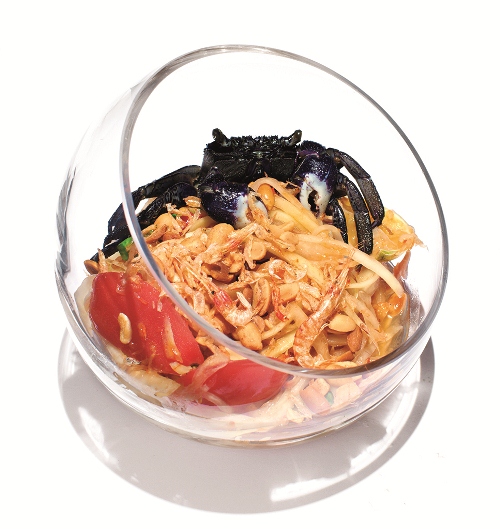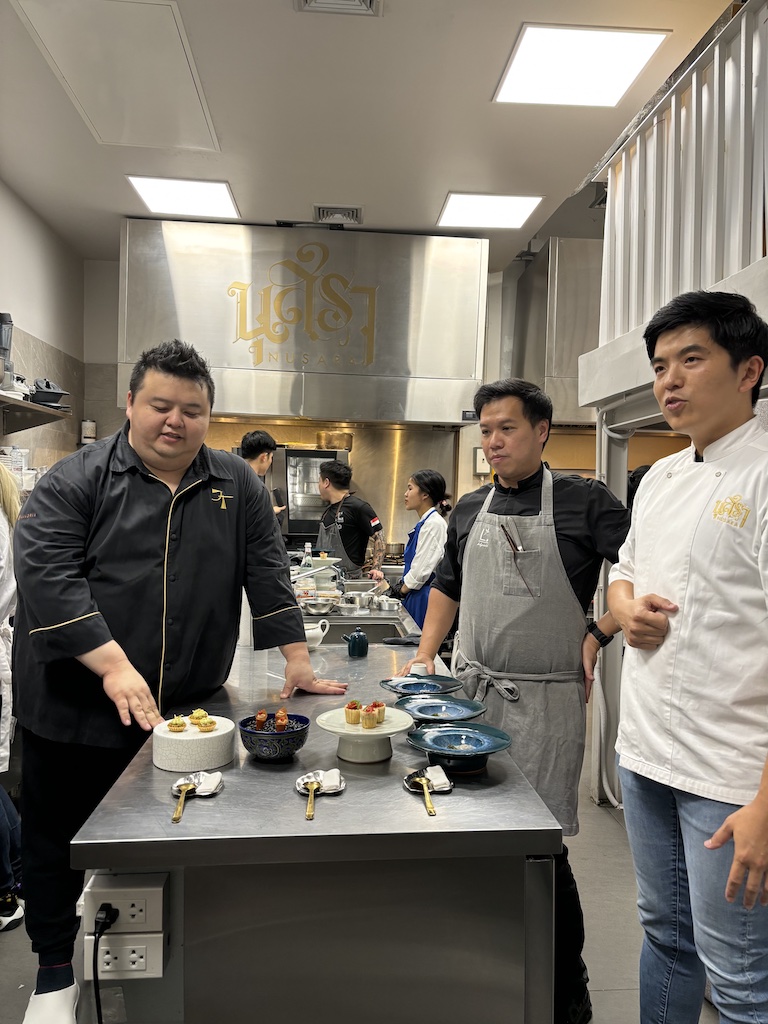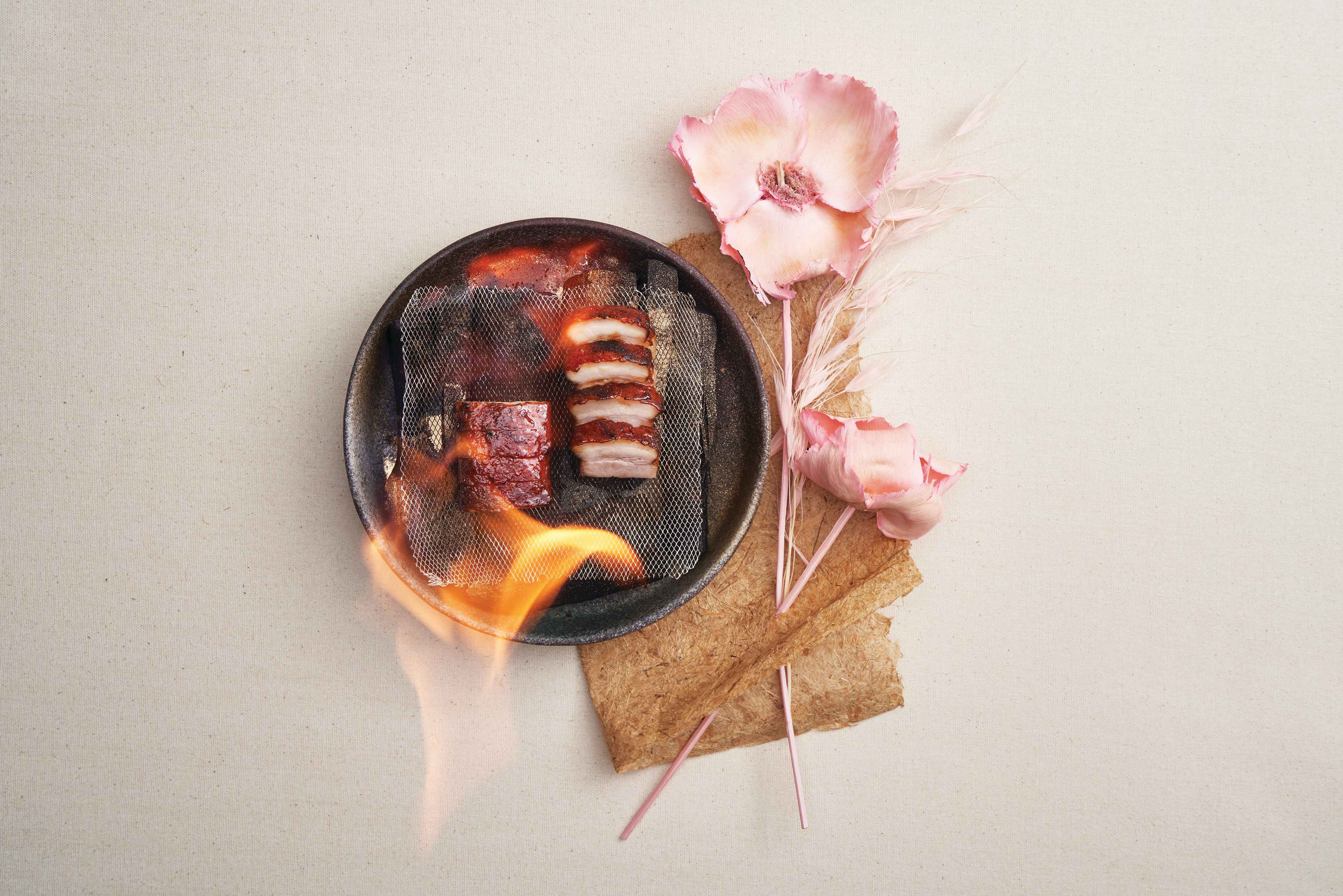Mapping out the flavours of Thailand
The cuisine from the Land of Smiles is more than just pad thai noodles and tom yum soups. We explore the regional delights.

There’s a saying in Thailand that says you can eat three meals a day for an entire month and still discover something new about the country’s culinary delights. Such is the capacious complexity of Thai cuisine, which is underpinned by the impeccable balance of sweet, salty, sour and spicy flavours. “Thais cook with their nose, not their mouth,” affirms Dylan Jones, referring to a local cook’s ability to tell if a dish lacks a certain ingredient just by nosing its aromatic components.
The chef-owner of Bo.lan, a restaurant in Bangkok that focuses on slow and sustainable Thai cooking, also notes that although royal cuisine isn’t as prevalent today as it was during the height of the Thai culinary arts, there are still traces of the labour-intensive preparations and intricate presentations to be found across the country, from the delicate feminine touches of glazed mung bean candy (look choop), to the time-consuming work behind coconut cream dips like lohn. In a bid to explore this evolved and kaleidoscopic cuisine, we’ve taken in the flavours of Thailand’s four main regions.
NORTH
Unlike the rest of Thailand, coconut is seldom used in the north as the region has too temperate a climate for the palms to grow. Most dishes contain less sugar and are seasoned with water or stocks instead, bearing less intensity than those found in other regions.
One of the most emblematic dishes of Chiang Mai, however, bears an exception to this rule: kao soi, curried noodles made with fermented egg noodles in a curried-coconut broth. As the largest province in northern Thailand, Chiang Mai has exerted the biggest culinary influence across the region. Pork plays a major role, whether cured (naem), smoked as sausages (sai oua), tossed with jackfruit in a curry, or its skin deep fried as an ambrosial snack with beer.
Sticky rice is the preferred carbohydrate here, and is sold raw as well as steamed, wrapped in banana or teak leaves, or packed in bamboo baskets.
Excerpt from the March 2013 issue of epicure.
SHARE

















 SUBSCRIBE
SUBSCRIBE